We have a wide variety of student assigments. Please read and apply! You may get in touch with the person who is listed as a contact next to the assignment.
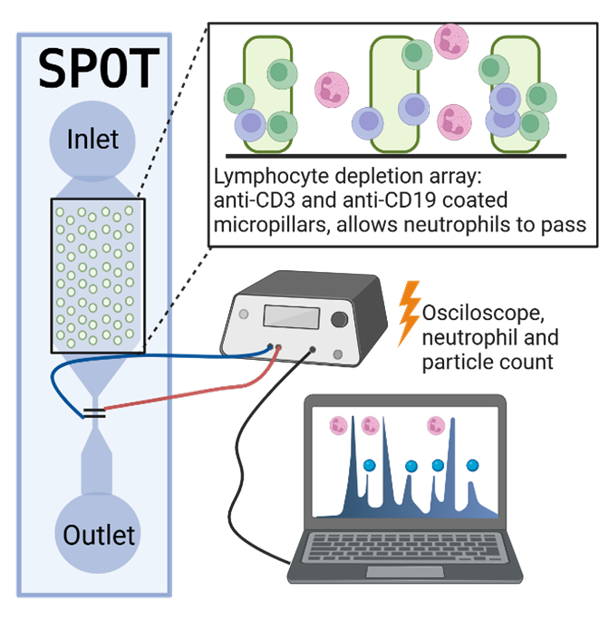
Spontaneous bacterial peritonitis (SBP) is a severe complication of liver cirrhosis, arising from bacterial translocation into ascitic fluid. Delayed diagnosis due to slow lab-based neutrophil counts leads to increased mortality and unnecessary antibiotic use. In this project you will develop a lab-on-a-chip device for rapid bedside SBP detection to speed up diagnosis and efficient treatment.
Contact: Kirsten Pondman (k.m.pondman@utwente.nl)

Solid-state nanopores enable single-molecule sensing, including DNA sequencing. Dielectric breakdown forms nanopores by applying a high electric field to an insulating membrane, offering a scalable alternative to FIB and e-beam drilling. Students will research breakdown principles, design a high-voltage circuit, conduct experiments, measure I-V characteristics, and analyze nanopore formation through ionic current measurements.
Contact: Sergii Pud (s.pud@utwente.nl)
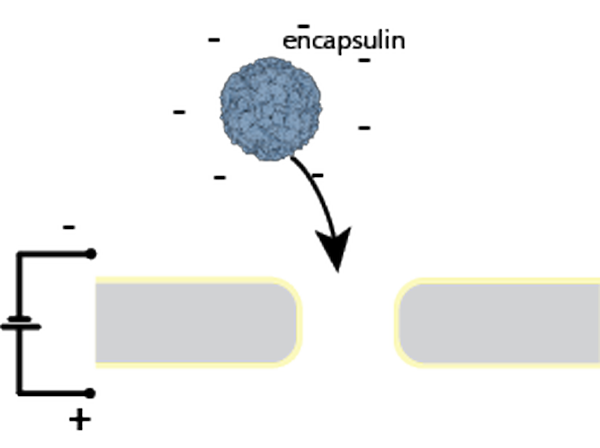
Solid-state nanopores detect molecules by measuring changes in electric current. This project studies encapsulins—protein spheres that carry functional proteins—using 25-30 nm nanopores. In this project we will dock encapsulins using an electric field on the nanopores and measure current blockade as a function of voltage and salt concentration.
Contact: Sergii Pud (s.pud@utwente.nl)
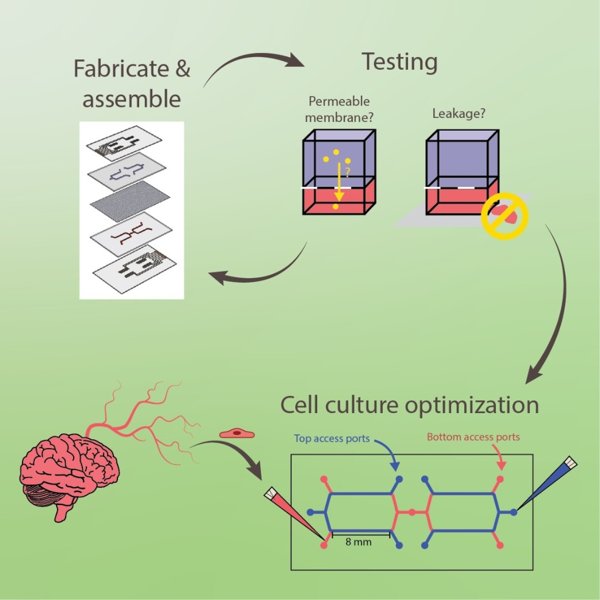
Organs-on-chips are used to model human physiology. An important consideration for their success is increasing throughput by multiplexing. In this project, you will optimize the fabrication process of a quadro-channel blood-brain barrier-on-chip made of PDMS. The PDMS chips will be assembled with electrodes for monitoring impedance changes due to barrier formation.
Contact: Muriel Holzreuter (m.a.holzreuter@utwente.nl)

This project focuses on studying optical response from various nanostructures used to trap proteins using dielectrophoresis. It involves designing nanoelectrodes with varying distances, measuring their effect on optical anisotropy and the trapping force
Contact person: Janike Bolter (j.r.bolter@utwente.nl)
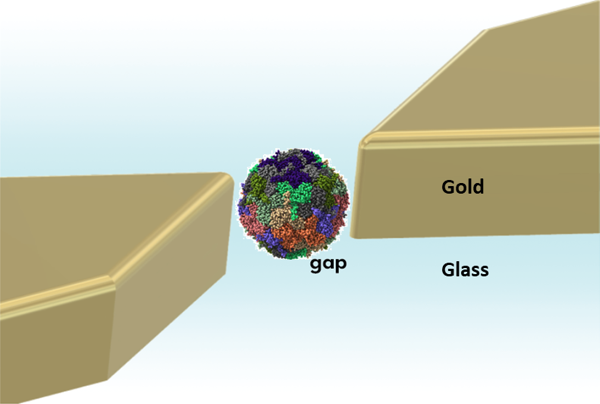
Our project aims to determine protein conformation using single-molecule methodologies, transitioning from model systems to real proteins. We focus on encapsulin cages for their simplicity and predictable structure, planning to express, image, and trap them to understand their conformation and function.
Contact person: Janike Bolter (j.r.bolter@utwente.nl)
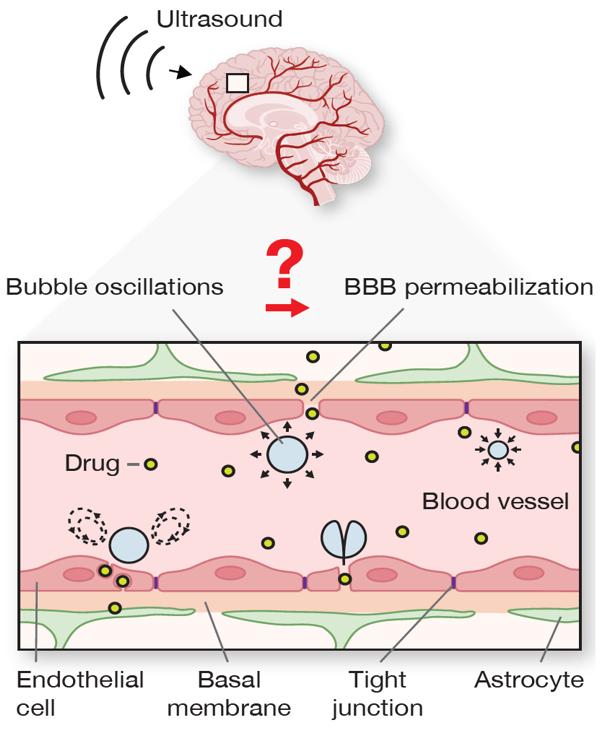
Focused ultrasound with microbubbles offers a novel, non-invasive method to deliver drugs to the brain, overcoming the blood-brain barrier (BBB). While effective in clinical trials, the underlying mechanisms are unclear. This project aims to correlate microbubble oscillations with BBB permeabilization using an on-chip model, combining advanced imaging and sensing techniques to understand and optimize this promising therapeutic approach.
Contact person: Tim Segers (t.j.segers@utwente.nl)
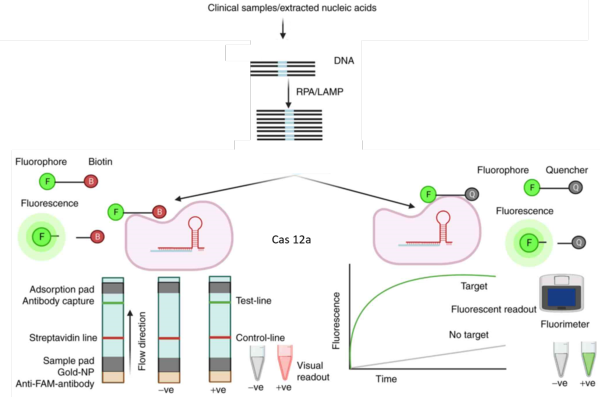
Cervical cancer is a significant global health issue, with low early screening participation leading to high mortality rates. Our project aims to develop a precise protocol for early detection of cervical cancer-associated methylation markers, utilizing CpG islands, isothermal DNA amplification, and CRISPR-Cas12a for signal generation. This integrated approach holds potential for clinical and point-of-care diagnostics, addressing a pressing need for early diagnosis and monitoring.
Contact person: Ahsan Ismail (a.ismail@utwente.nl)

Patients with chronic kidney disease are dependent on dialysis treatment to stay alive. However, conventional dialysis is insufficient in removing all toxins. A bio-artificial-kidney (BAK) containing renal tubule cells can assist in better clearance of toxins that are not secreted during conventional dialysis. In this project you will develop a flat-membrane approach to the BAK.
Contact person: Jeroen Vollenbroek (j.c.vollenbroek@utwente.nl)
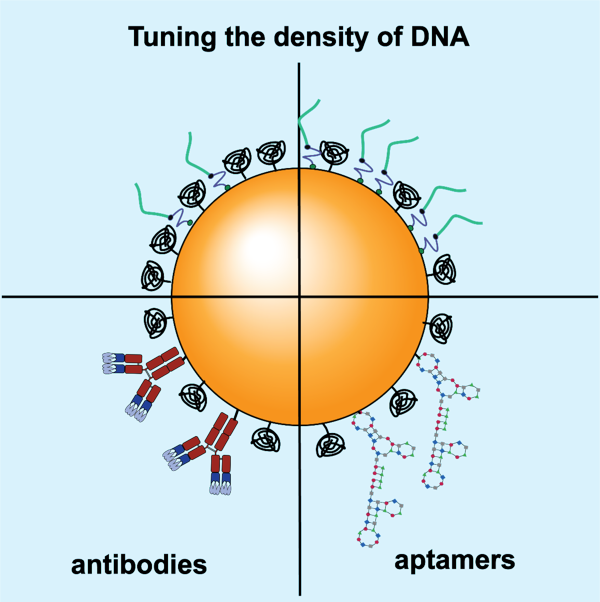
Gold nanoparticles (AuNPs) coated with biomolecules, have numerous applications, including the preparation of ordered nanoparticle structures, biosensing, and gene/drug delivery. However, traditionally the synthesis of DNA-coated-AuNPs is a long, tedious and inefficient process. In this assignment, you will work on a method to tune DNA density on AuNPs, while being much faster than traditional methods.
Contact person: Nienke van Dongen (j.e.vandongen@utwente.nl)
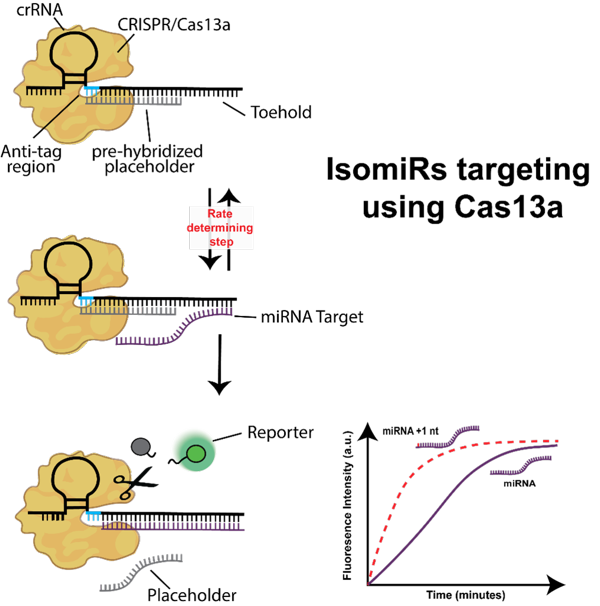
Deregulated microRNAs (miRNAs) have recently been implicated as new potential biomarkers. However, miRNAs with length differences of only a single nucleotide (isomiRs) have different clinical relevance. Current techniques available in the clinic can’t discriminate between these length differences. In this assignment, you will develop a novel tool for isomiR discrimination combining CRISPR/Cas13a with strand displacement.
Contact person: Nienke van Dongen (j.e.vandongen@utwente.nl)
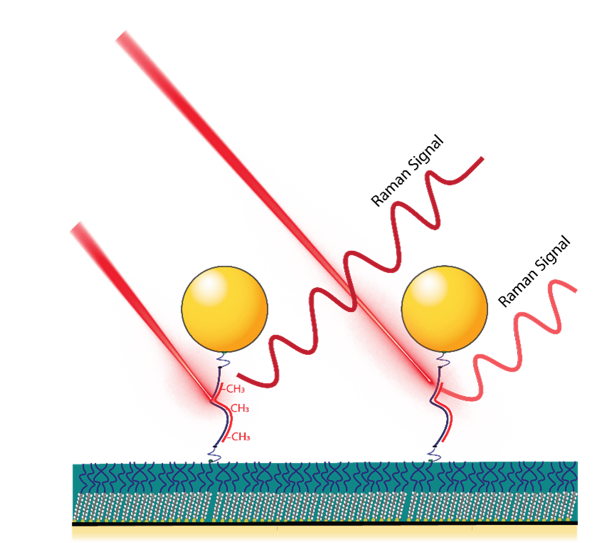
In the last decade, cancer-biomarker research has been focusing on biomarkers representing epigenetic alterations associated with the development of cancer. One such event is DNA-(hyper)methylation. Raman spectroscopy has previously been shown to distinguish between methylated and nonmethylated cytosine. This assignment will focus on on-chip distinguishing hmDNA from normal genomic DNA via (surface enhanced) Raman spectroscopy.
Contact person: Nienke van Dongen (j.e.vandongen@utwente.nl)

There is an urgent need to use advanced human-based in vitro models that mimic the adult human heart in vitro. Currently, we have a platform that allows to make 3D cardiac tissues in a 12-well plate format. By using this platform we aim to improve the cardiac performance and evaluate the effect of mechanical stimulation.
Contact person: José Manuel Rivera A. j.m.riveraarbelaez@utwente.nl
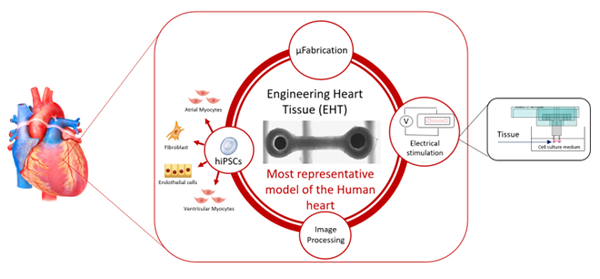
We are working on the development of a most representative model of the human heart. Currently, we have a platform that allows to make 3D cardiac tissues in vitro. By using this platform we aim to improve the cardiac performance and evaluate the effect of continuous electrical stimulation.
Contact person: José Manuel Rivera A. j.m.riveraarbelaez@utwente.nl

We are developing a novel method to interrogate proteins and their behavior, through electrical manipulation of a single protein molecule on-chip. The heart of our approach is trapping and actuation the single protein molecule by means of dielectrophoresis. We need your help to optimize our protein traps by means of simulation and modelling
Contact: Sergii Pud(s.pud@utwente.nl)
